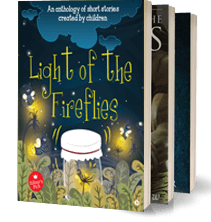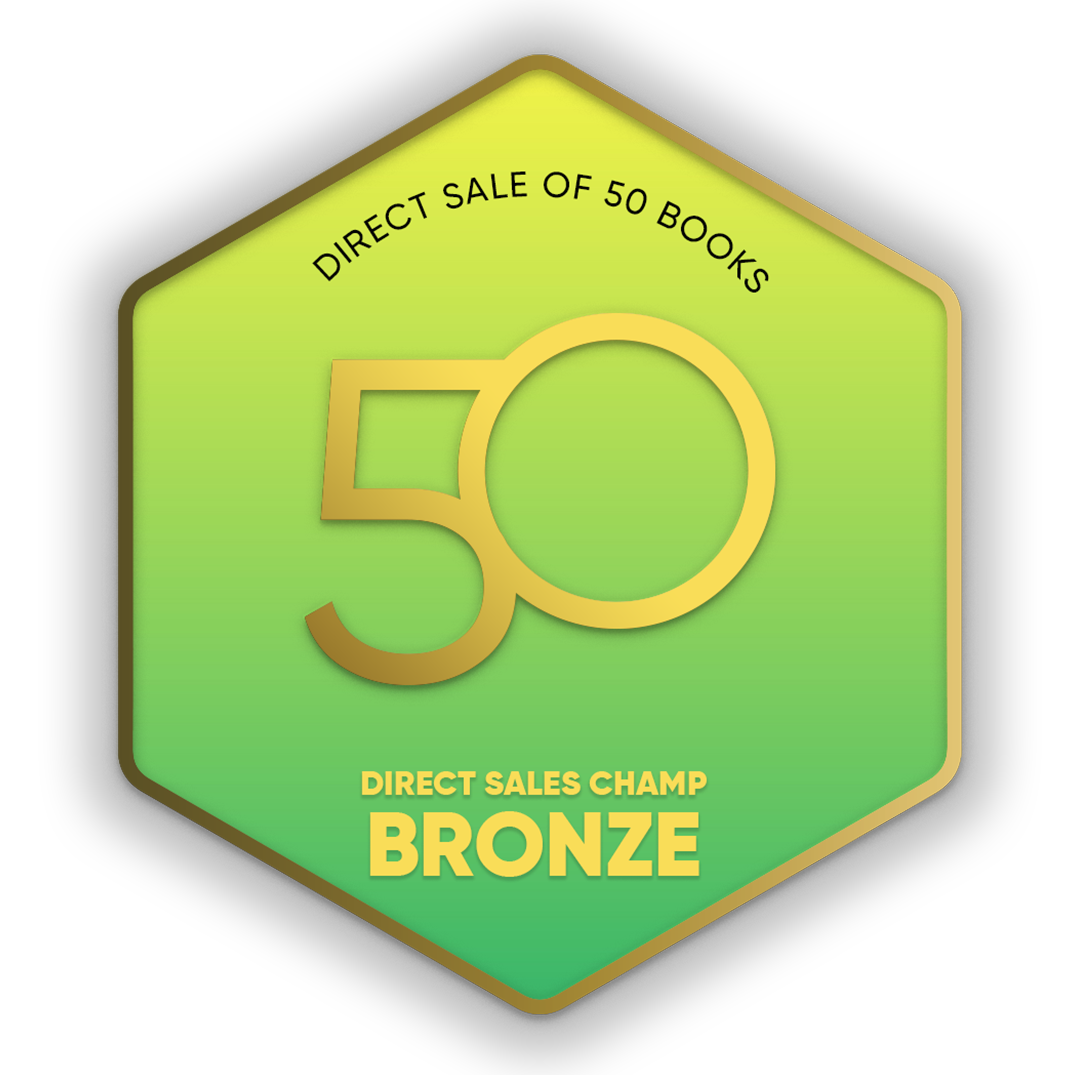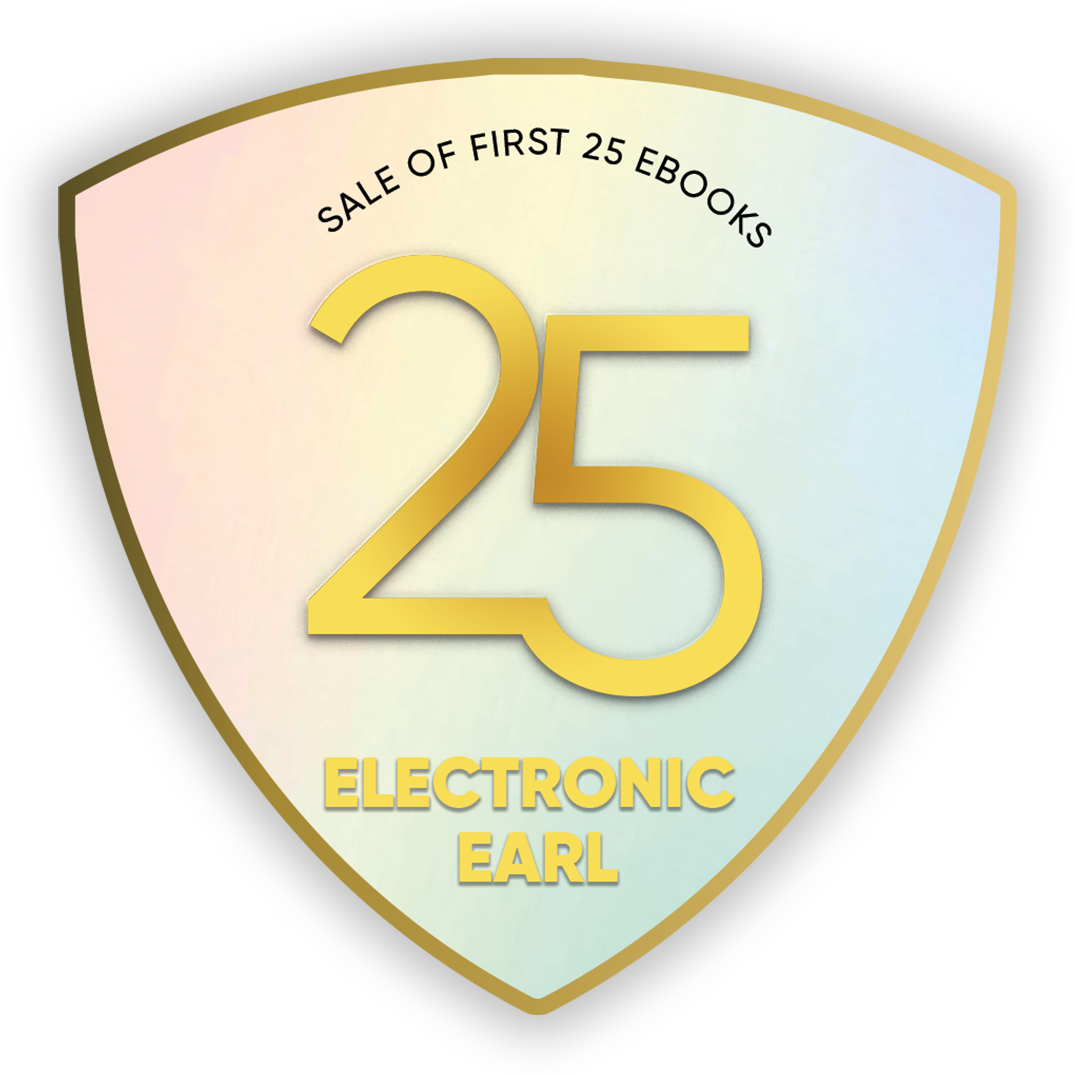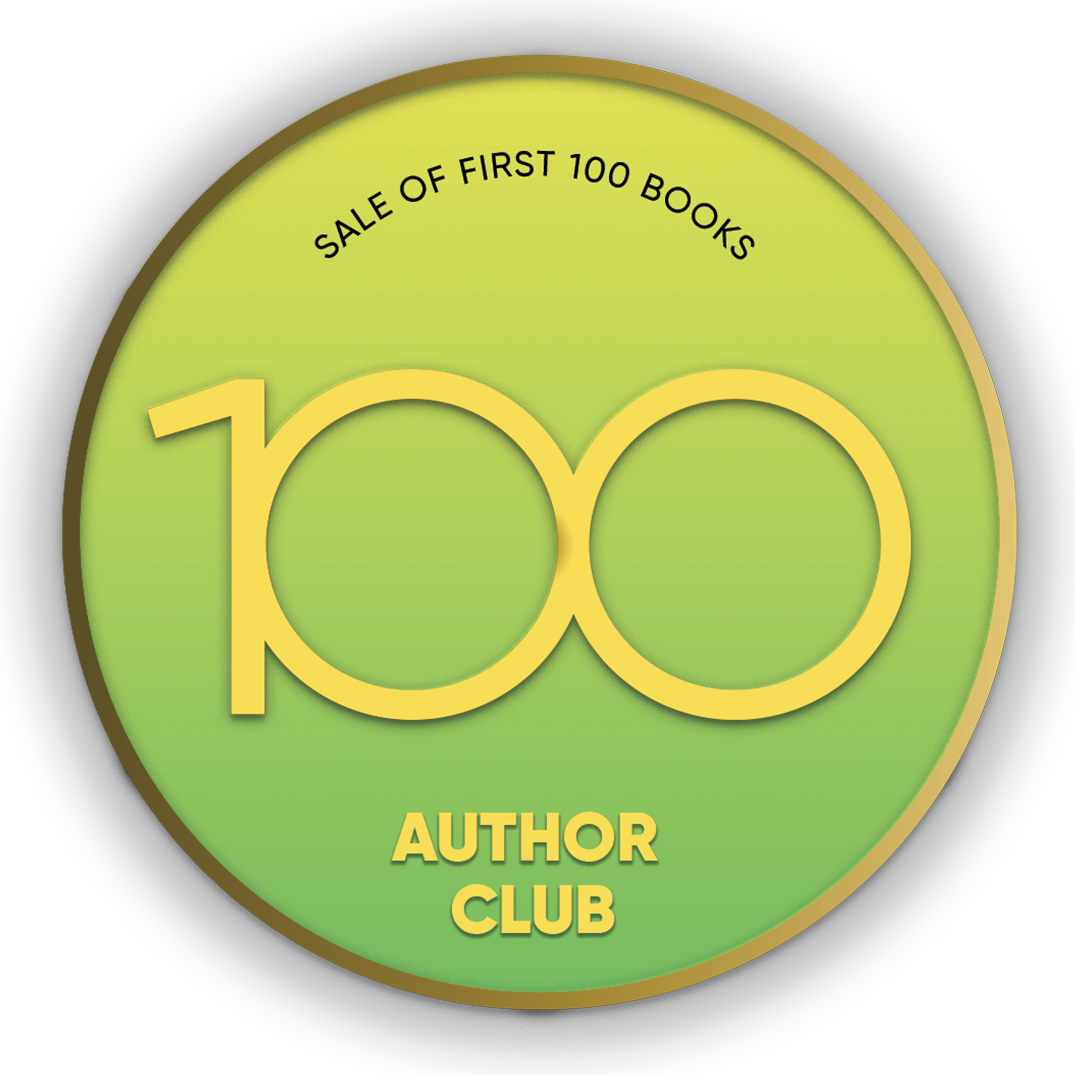
- Discover books
- For Writers
-
For Writers
-
Indie Author Championship
-
Challenges
Writing Contests
- Get Started

"It was a wonderful experience interacting with you and appreciate the way you have planned and executed the whole publication process within the agreed timelines.”
Subrat SaurabhAuthor of Kuch Woh Pal -
-
-
IN
- India
- Singapore
- Malaysia
- UAE
- 0
Kultaran Chhatwal
Relationships Coach, Education Psychologist, Adolescent CounsellorThe author Kultaran Chhatwal holds a master’s degree in Applied Psychology and a PG Diploma in Counselling and Behaviour Modification. He is also an I A Member of the American Psychological Association. Kultaran Chhatwal spent his formative years in the Dehradun Valley and is presently based in Chandigarh. An educational psychologist and a relationship counsellor works primarily with adolescents helping them develop life skills and career competencies. He travels extensively, conducting group workshops for school and college students, teachers and parents. He is also actively engaged with tRead More...
The author Kultaran Chhatwal holds a master’s degree in Applied Psychology and a PG Diploma in Counselling and Behaviour Modification. He is also an I A Member of the American Psychological Association.
Kultaran Chhatwal spent his formative years in the Dehradun Valley and is presently based in Chandigarh. An educational psychologist and a relationship counsellor works primarily with adolescents helping them develop life skills and career competencies. He travels extensively, conducting group workshops for school and college students, teachers and parents. He is also actively engaged with the Times of India as a freelance workshop consultant under their intervention NIE (Newspapers in Education).
As a relationship counsellor, he works with married couples. He has delivered a series of radio talks on relationship management. A subject close to his heart is the wide-ranging and far-reaching damage to children due to parental discord. Though he does not advise the couples to stay within dysfunctional marriages for the sake of their children, he strongly advocates negotiating the jointly scripted terms of separation that gives the highest priority to the emotional well-being of a child.
Read Less...Crop your profile image

Good Marriage Bad Marriage
Books by
The author draws on his experience as a psychologist and as a relationship counselor to bring into searing focus the inarticulate pain that children go through in a broken marriage.
It is the story of two teenage girls Mannat and Eva, brought together by fate and the shared trauma of their parents’ crumbling relationships. With deep compassion, the author probes their uncomprehending pain and fears, their self-doubt, their loss of innocence, and their
The author draws on his experience as a psychologist and as a relationship counselor to bring into searing focus the inarticulate pain that children go through in a broken marriage.
It is the story of two teenage girls Mannat and Eva, brought together by fate and the shared trauma of their parents’ crumbling relationships. With deep compassion, the author probes their uncomprehending pain and fears, their self-doubt, their loss of innocence, and their anger at a world that has betrayed them.
Their friendship helps them forge tools for survival, and delineate identities for themselves from amongst the debris of their shattered childhood.
The author makes no judgment for parents too are fallible, and are victims of their own limitations. Nor does he offer solutions. He merely draws the reader’s attention on the consequences of such conflicts on children. In doing so, he offers perhaps the only possible key (as well as a roadmap) to resolving marital conflict – the understanding that becoming a parent is a choice not a given. It is a choice that comes with the implicit clause of subsuming one’s own interests in favor of the young life until it reaches emotional adulthood.
At its core, it is a deeply spiritual book that lays bare the great karmic wheel of action and consequence, showing us a way to outwit the ever-turning cycle of suffering.
GOOD-MARRIAGE BAD-MARRIAGE
Books by Kultaran Chhatwal
It is the story of two teenage girls, Mannat and Eva, brought together by fate and the shared trauma of their parents’ crumbling relationships. Their friendship helps them forge tools for survival and delineate identities for themselves from amongst the debris of their shattered childhood. With deep compassion, the author probes their uncomprehending pain and fears, their self-doubt, their loss of innocence, and their anger at a world that has betrayed t
It is the story of two teenage girls, Mannat and Eva, brought together by fate and the shared trauma of their parents’ crumbling relationships. Their friendship helps them forge tools for survival and delineate identities for themselves from amongst the debris of their shattered childhood. With deep compassion, the author probes their uncomprehending pain and fears, their self-doubt, their loss of innocence, and their anger at a world that has betrayed them.
The author draws on his experience as an adolescent Counsellor and as a relationship coach to bring into searing focus the inarticulate pain that children go through in a dysfunctional marriage. Whether it’s an everyday ego clash between wife and husband or a protracted legal battle for divorce, either can win, but the children always lose.
The author navigates the reader’s attention to the impact of such conflicts on children. He offers perhaps the only possible key to resolving marital conflict in such cases—the understanding that becoming a parent is a choice that comes with the implicit clause of subsuming one’s own interests in favour of the young life until it reaches emotional adulthood.
Even though they are diametrically opposed, good and bad marriages go hand in hand—they are two sides of the same coin. These two names wobble between the two ends of a continuum. We label them as Good or Bad based on our circumstances, perspectives, and wisdom.
Good Marriage Bad Marriage
Books by
The author draws on his experience as a psychologist and as a relationship counselor to bring into searing focus the inarticulate pain that children go through in a broken marriage.
It is the story of two teenage girls Mannat and Eva, brought together by fate and the shared trauma of their parents’ crumbling relationships. With deep compassion, the author probes their uncomprehending pain and fears, their self-doubt, their loss of innocence, and their
The author draws on his experience as a psychologist and as a relationship counselor to bring into searing focus the inarticulate pain that children go through in a broken marriage.
It is the story of two teenage girls Mannat and Eva, brought together by fate and the shared trauma of their parents’ crumbling relationships. With deep compassion, the author probes their uncomprehending pain and fears, their self-doubt, their loss of innocence, and their anger at a world that has betrayed them.
Their friendship helps them forge tools for survival, and delineate identities for themselves from amongst the debris of their shattered childhood.
The author makes no judgment for parents too are fallible, and are victims of their own limitations. Nor does he offer solutions. He merely draws the reader’s attention on the consequences of such conflicts on children. In doing so, he offers perhaps the only possible key (as well as a roadmap) to resolving marital conflict – the understanding that becoming a parent is a choice not a given. It is a choice that comes with the implicit clause of subsuming one’s own interests in favor of the young life until it reaches emotional adulthood.
At its core, it is a deeply spiritual book that lays bare the great karmic wheel of action and consequence, showing us a way to outwit the ever-turning cycle of suffering.

Are you sure you want to close this?
You might lose all unsaved changes.
Select from one of our global stores to continue
 India
India
 Malaysia
Malaysia
 Singapore
Singapore
 UAE
UAE
Warning Message
The items in your Cart will be deleted, click ok to proceed.












